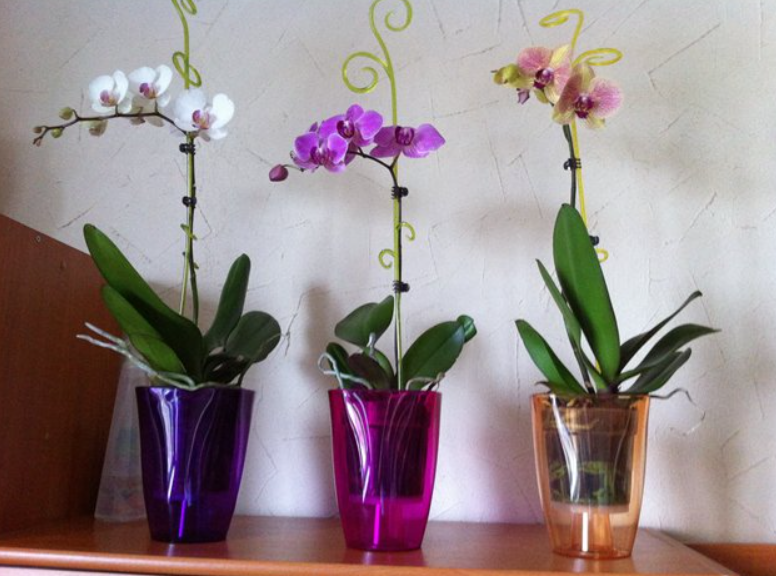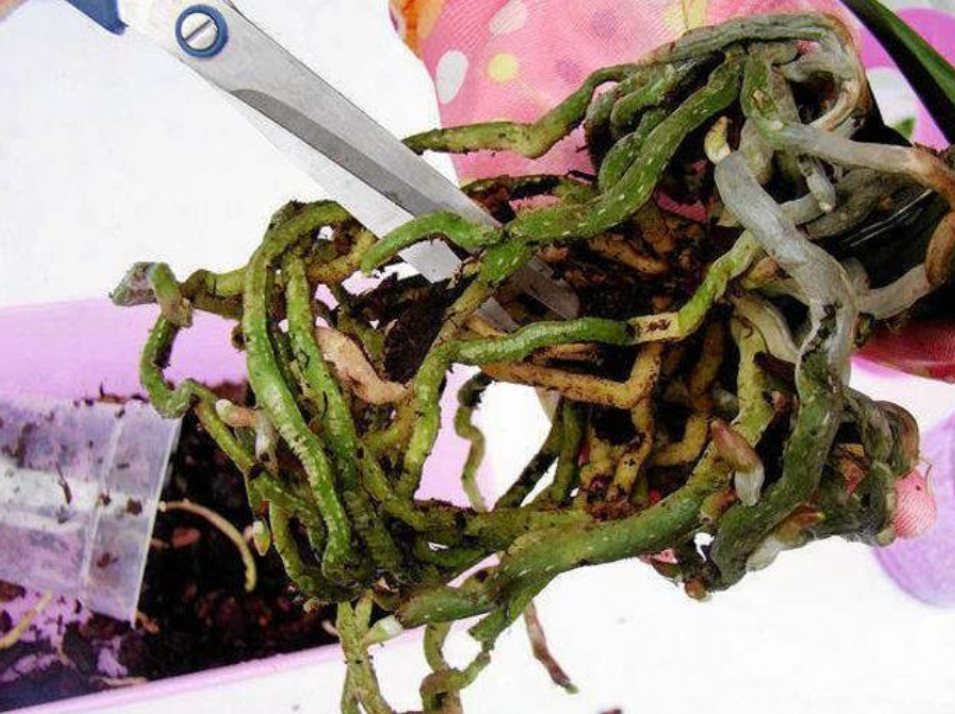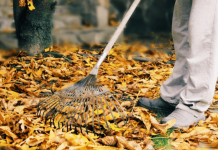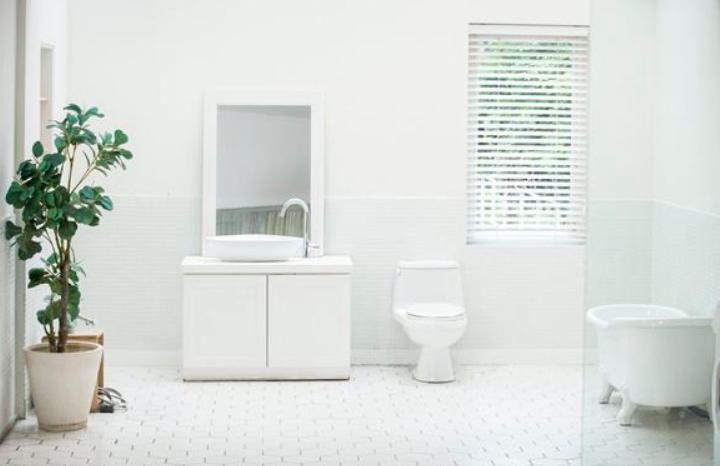Repotting your orchid is one of the most important steps you can take to keep your plant growing and blooming healthily. Ideally, it should be transplanted. The plant should be transplanted in the spring as soon as it begins to vegetate.
And don’t transplant a flowering plant if at all possible! More specifically, a successful method is not to stress the plants, but to transplant them for a successful growing season and better blooms.
How to moisten and crush the soil
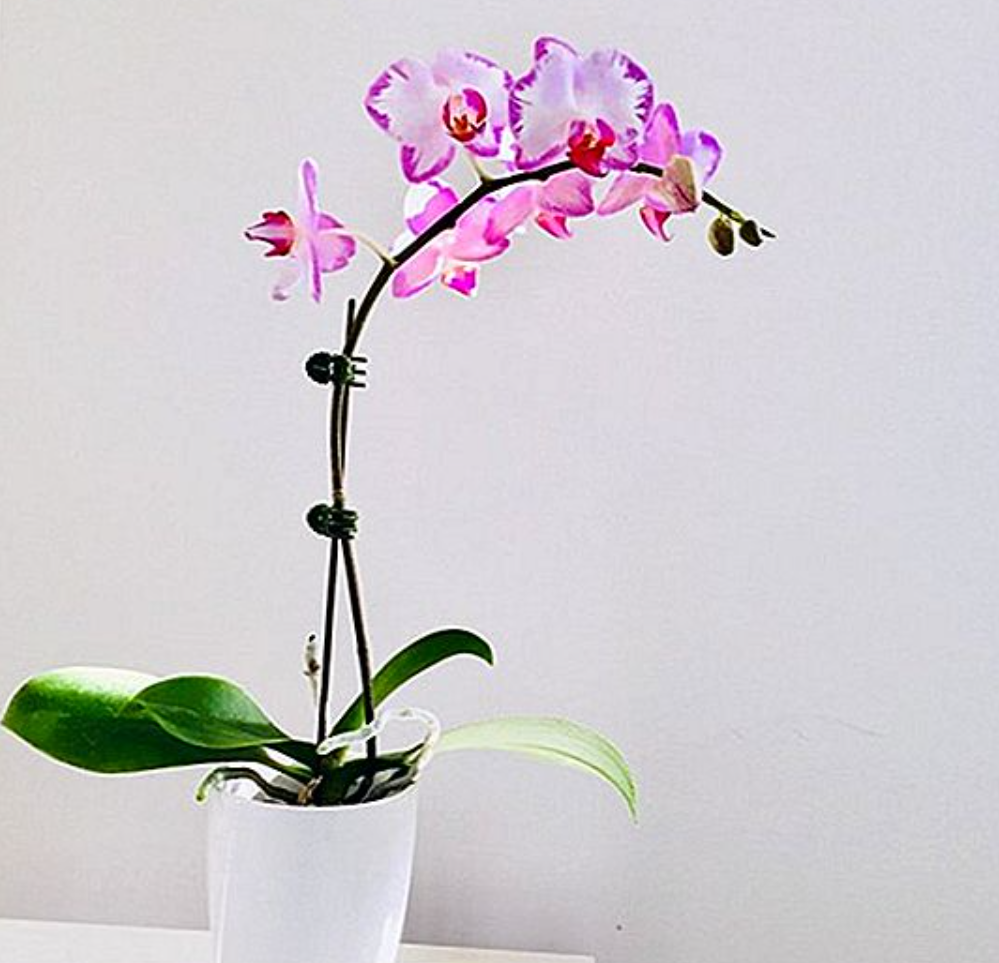
Most often we transplant orchids when the substrate in the pot has decomposed and the roots do not fit in the pot. Substrate replacement is also necessary when plants are infested with diseases and in the case of root rot. If distilled or rainwater with low mineral content is used for watering, it is recommended that the orchid be transplanted every 2-3 years. However, if tap water is used, the substrate must be replaced once a year because mineral salts are deposited on its surface, damaging the roots.
- The plants in the pots are clearly overgrown, with bare roots hanging off the edges of the pot.
- The plants have become too heavy for the comfortable pots and are constantly falling over.
- Planting material decomposes, which is deadly for bacteria and fungi.
How to choose the right pot for your orchid
- There are many ways to grow orchids. You can plant them on wooden slabs or wood ferns, you can grow them in plastic or clay pots, you can grow them in hanging baskets or just hang them on a wire in the air. If you don’t have a greenhouse or greenhouse, it’s easiest to grow them in pots. Orchid pots have slits in the sides to provide good drainage. There are plastic pots with mesh, and I use them for very small orchids. In general, however, I prefer heavy clay pots that are heavy enough to stand upright and retain moisture.
How to soil mixture to choose
- Potting media is controversial among orchid growers, and many avid florists claim to mix ingredients such as coconut husks, mud grains, tree bark, tree fern, perlite, Styrofoam, vermiculite and buttercup themselves.
Whatever mix you use, here are the basic principle:
1. organic mixes decompose faster. Fir bark (usually found in most commercial mixes) will decompose in about a year with proper watering.
2. Your mix must match your watering. If you drink water every day, choose a mix with free drainage that does not retain water.
How do I remove a plant from an old pot
- Remove plants from old pots as carefully as possible. Roots often stick to the walls of the pot and may even break the roots or rootlets. This probably won’t kill the plant, but don’t do it. After releasing the plant, carefully inspect the roots. Carefully remove the rotten pollen with your fingers.
- To do this, carefully remove the plant from the container, loosen the roots and carefully peel them from the old bark. Having cleaned the root ball, evaluate the roots. Thick and hard, white or pale green.
- It is important to remove only the wilted parts so that all the orchid’s energy is directed to new shoots. Also, it should never be disturbed or trimmed before it has fully bloomed; this could kill the plant.
Divide the plant if necessary.
Sympodial orchids, or pre-grown pseudobulbs, can be divided when repotting. Leave at least 3 pseudobulbs on each side of the cut and make sure that the offshoots have healthy roots. Cut the stems with sterile scissors and plant each half separately. Some orchids with very small roots, such as (Oncidium hintonii), may suffer from two separate bunches.

Water thoroughly. Your newly planted orchid will need some care until new roots appear and the plant begins to grow vigorously. Some orchids do not bloom until several years after transplanting. Orchids develop patience, and often the plant becomes stronger after transplanting into a new pot.



